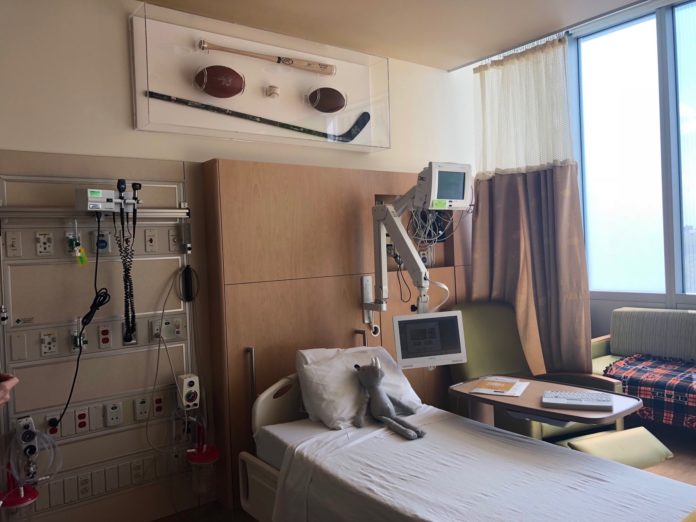After having beaten the central government in announcing a Rs 5 lakh health scheme, Odisha will now set up a hospital in each district through public private partnership
Government of Odisha which recently pipped the government of India in launching a Rs 5 lakh health insurance scheme, has now embarked on another first. In what is touted as the laegest public private partnership project in health in India, the Naveen Patnaik government will set up a district hospital in each of the 25 districts of the state through PPP.
The state government will organise an “Investment Roadshow” in Delhi on Thursday to attract investors to the state. State health minister Pratap Jena will be present as investors are wooed to invest in healthcare in a state that has one of the most dismal health indicators in the country.
This is the second big health intervention by the state government since the launch of the Biju Swasthya Kalyan Yojana on Independence Day. Under the scheme 70 lakh families will be given an annual health cover of Rs 5 lakh. The launch that came in the same day as the announcement of a pilot of a siimilar central health programme – the Pradhan Mantri Jan Arogya Yojana – has naturally come as a jolt for the Modi government that is banking on this health scheme to make bog inroads in the 2019 Lok Sabha elections.
For every 1000 live births in the state, 65 children die – for India that Infant Mortality Rate (IMR) is 50. The under 5 mortality rate of 81 / 1000 live births (Annual Health Survey 2011) is the second highest after Madhya Pradesh.
Odisha’s health indicators are worse than the national average on many counts. For every 1000 live births in the state, 65 children die – for India that Infant Mortality Rate (IMR) is 50. The under 5 mortality rate of 81 / 1000 live births (Annual Health Survey 2011) is the second highest after Madhya Pradesh. At 275 maternal deaths per 100,000 live births, the number of women who die because of childbirth related causes too is fairly high. Eight Odisha districts – Raigarh, Kandhamal, Koraput, Kalahandi, Gajapati, Malkangiri, Dhenkanal and Balangir feature in the list 117 aspirational districts compiled by Niti Ayog. Aspirational in this case is an euphemism for backwardness.
The 25 district hospitals in each state would not only give a boost to the tertiery care health insurance plan of the state government but also push up some of the human development indices in the state.


